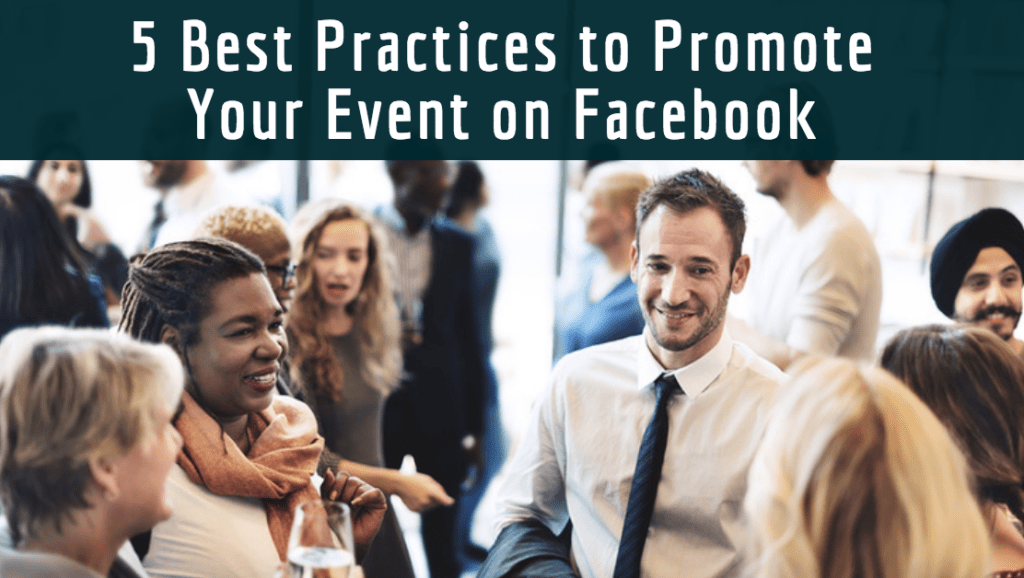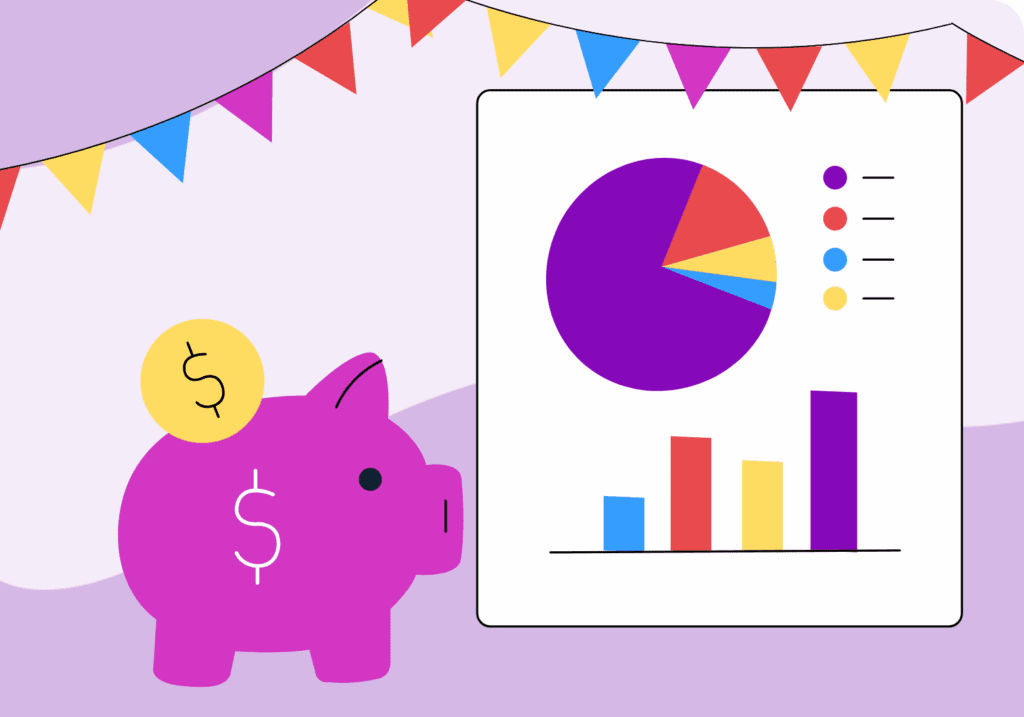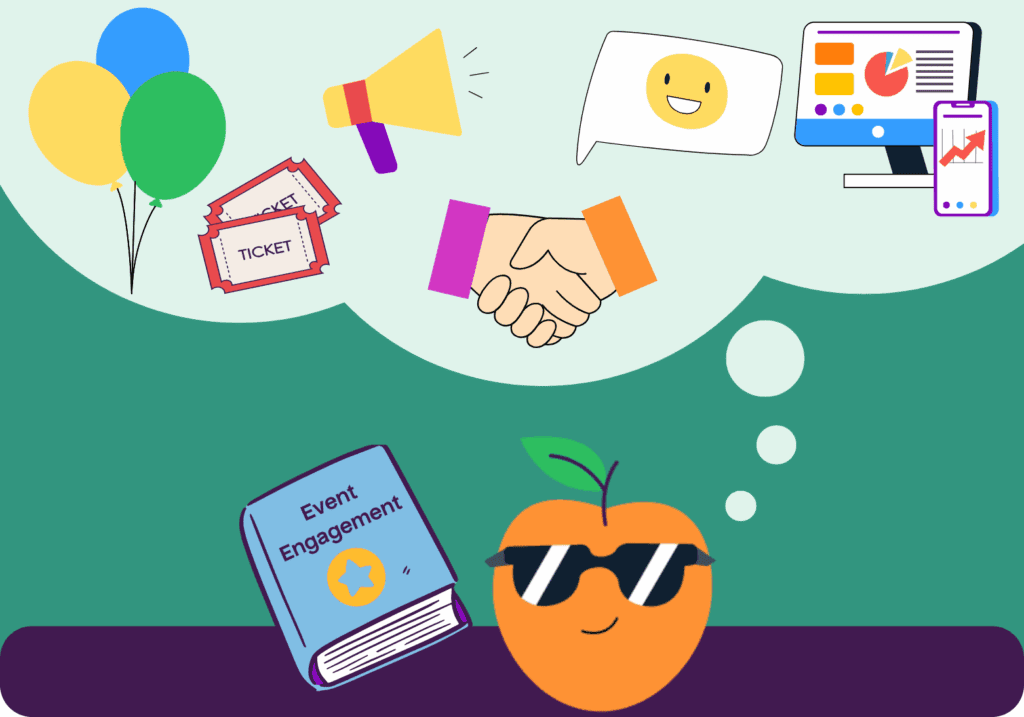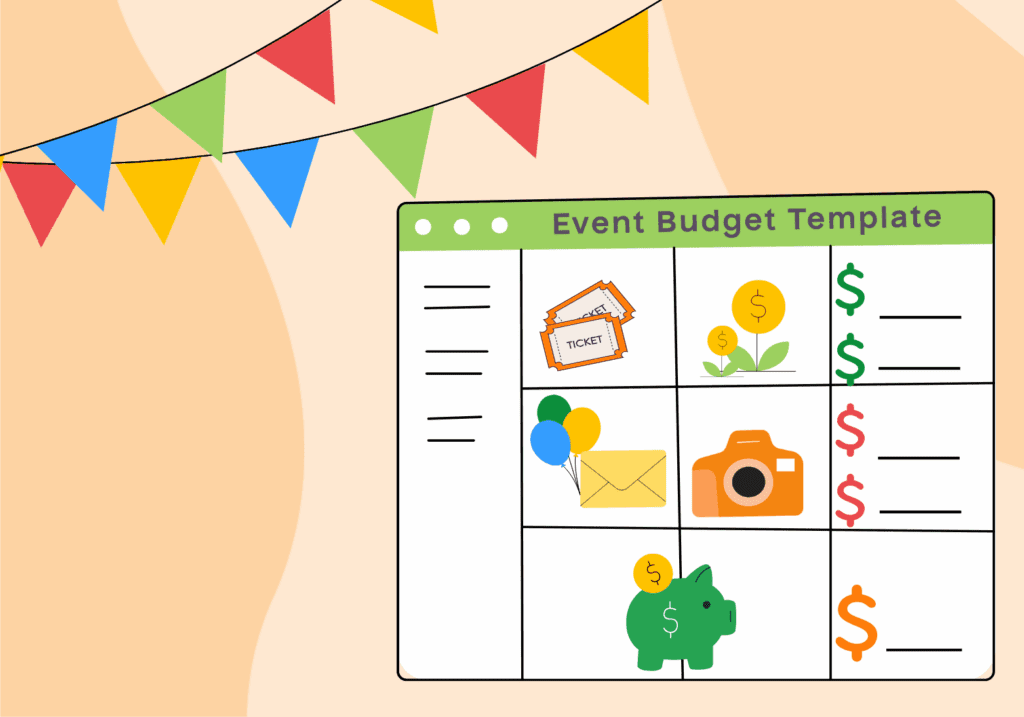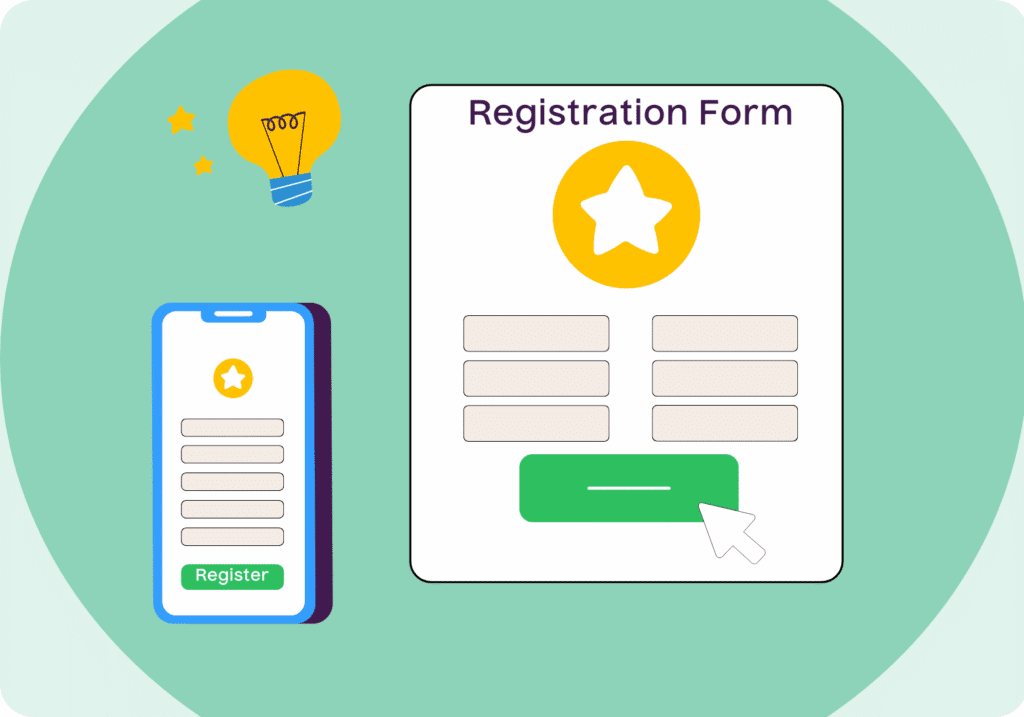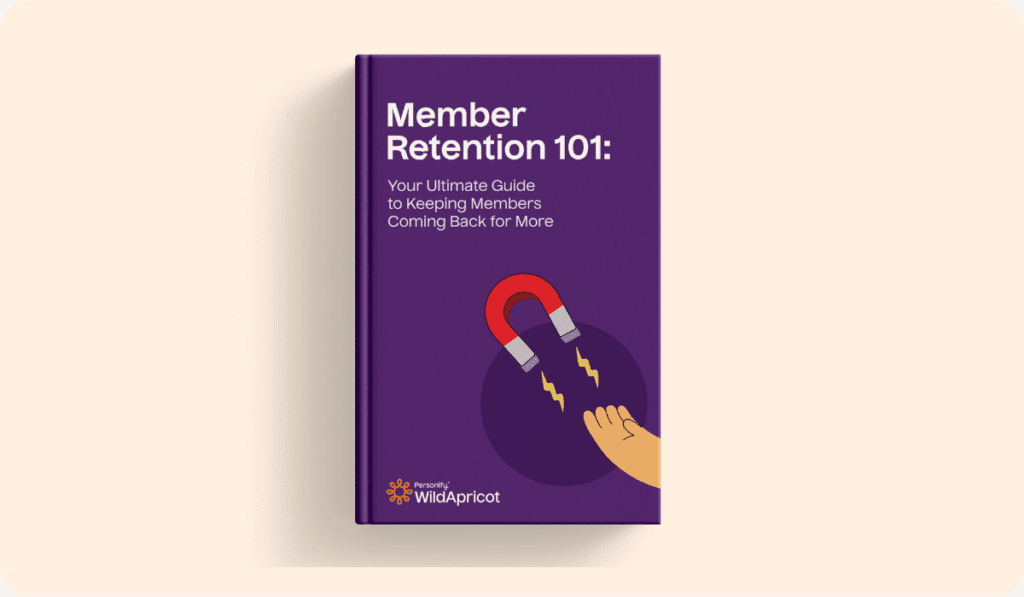If you’d like to learn more on this topic, listen to our free webinar “How to Start Using Facebook Ads to Reach a Big Audience with a Small Budget.”
Are fewer people attending your events these days?
Are you hoping to dramatically increase attendance at your big conference this year?
Rather than relying mostly on email blasts, word-of-mouth, and social media posts, many organizations are turning to Facebook ads to fill up their events.
Advertising on Facebook works well for event promotion for two reasons:
- You can have your ad pop up in the Facebook feeds of everyone in your network.
- You can promote your event to new audiences that wouldn’t be possible through other channels.
If you’re new to creating Facebook ads, here are the five best practices for boosting event attendance.
1) Why You Need to Crunch the Numbers
The biggest mistake I’ve seen nonprofits make with Facebook ads is this: they don’t create a budget.
Here’s why.
Let’s say you want to sell 10 tickets to your annual fundraiser, and sell them for $100 each.
How much should you spend on Facebook ads to achieve this?
Well, 10 tickets x $100 = $1,000.
This means that you can spend $999 on Facebook ads, and still receive a positive return of $1.
But say half of each ticket’s selling price goes to covering expenses for the event.
That means you can only spend $500 on advertising tickets — this is your budget for Facebook ads now.
Without crunching the numbers ahead of time, you run the possibility of going over budget without even realizing it.
Now you can keep an eye on these metrics throughout your campaign, and tweak your ad to hit the number of attendees you need while remaining under budget. Since Facebook requires that you enter a daily budget for your ad, calculating this beforehand ensures you won’t go overboard.
2) 3 Ways to Promote Your Ad to the People Most Likely to Attend
The great thing about Facebook ads is they allow you to target very specific groups of people. Here are three ways to do it.
Step 1: Add an Email List
People who are already familiar with your organization are among the most likely to attend your future events. You can target these people by adding an email list to Facebook. For your fundraising event, you could create an email list from people who have attended your past fundraisers or who have donated to your organization. (You can find more information on how to do that here.)
When you add an email list to Facebook, you’ll create an audience that you can target your ad to. When anyone from this audience is on Facebook, they’ll see your ad pop up.
If you promote your event to this audience by email as well as Facebook ads, you’ll increase the chances of these people signing up. As you probably know, lots of people ignore their emails these days, so Facebook may be the only way to reach them.
Step 2: Retarget Past Visitors
Let’s say a potential donor once visited your website. You have no way of ever finding them again, right?
Wrong. With Facebook ads, you can also target visitors who’ve left your website.
All you need to do is add the URLs that you want targeted to Facebook’s back end, and you’ll be all set.
For example, if you want to target people who visited your donation page as well as your event page, you can enter those URLs and they’ll see your ad the next time they log in. Maybe seeing an ad on Facebook will be just the push that potential donor needed to start contributing!
Step 3: Apply Facebook Targeting
If you want to reach out to potential attendees who aren’t yet in your network, Facebook also provides a way to do that.
And you don’t have to worry that they won’t be the right fit, because Facebook’s targeting options are almost endless. From life events to education level to income to interests, you’re able to precisely select the right audience for your ad.

In this step, you might also want to target people who live near the venue for your event.
By combining these three targeting options, you’ll be able to reach out to the right audience — even if they weren’t in your database to begin with.
3) Pull out Your Mad Men Skills
There are two types of ads that are best for event registration, both of which you’ve probably seen on Facebook yourself: photo and video ads.
To continue with the fundraiser example, you’ll want to choose a visually compelling image that represents your fundraiser.
The most successful image posts tend to have people in them, and not too much text in the ad. Here’s a great example:

As for video ads, you’ll want to keep it short — between 2 to 5 minutes is what I’ve seen work best. Make sure to include closed captions so your audience can follow along even if their sound is off.
And don’t worry, creating a great ad doesn’t mean you have to spend lots of money on images.
Stock sites like Unsplash and Pexels are free and can help you create a professional-looking photo ad without spending a dime (and check out this post on 10 inexpensive and free nonprofit marketing tools that create stunning visuals).
As for videos, you can create one using only your iPhone camera (that’s what we did at first!). This can be just as effective as the most professional video agency.
When it comes to Facebook ads, messaging matters more than image or video quality. That’s why, regardless of which kind of ad you choose, writing the right kind of copy will help you get more clicks.
Short, punchy lines that appeal to both the emotional and rational sides of your audience are the most successful. According to research by AdEspresso, the average length of the text used is just 14 words — meaning that short and sweet is best.
When it comes to your fundraiser, consider how you could present the benefits of attending your event. For example, if you show exactly how a donation will benefit the population you serve, your audience will be more likely to register.
4) Give Them a Soft Landing
You can have the best ad in the world, but if you don’t have an easy way for people to sign up, your ad won’t perform well.
That’s why your ad should link to a landing page that makes event registration easy (WildApricot can help with this).
Some best practices to keep in mind for your landing page include:
- Having a clear headline that quickly presents what the event is all about
- Limiting the number of fields that your audience has to fill out
- Having visually appealing graphics
5) If Your Ad Isn’t Performing How You Want It To, Do This
It might take some time to get your Facebook ad performing just how you want it.
That’s why testing different variations is so important.
By testing out different images, copy, or landing pages for different events, you’ll be able to track which variation works better over time.
For this step to work, you’ll also need a little help from someone technical in your organization (or maybe that person is you).
By installing a Facebook tracking pixel on your site, you’ll be able to see who’s visiting your site and who’s performing certain actions (such as signing up for an event). That way, you’ll be able to make sure visitors aren’t dropping off at a certain point on your site, and see which audience your ad is working for.
And there you have it — the five most important best practices to create a Facebook ad that will help increase your event registrations.
How to Become a Facebook Ad Pro in Just an Hour
If you’d like to learn more about to use Facebook ads to promote your events, our Head of Demand Generation, Farhad Chikhliwala, presented a free webinar called “How to Start Using Facebook Ads to Reach a Big Audience with a Small Budget,” which can help you get started.
Additional Resources:
- Complete Guide: How to Raise Funds on Facebook (with examples) (WildApricot.com)
- How to Make Your Nonprofit Facebook Page Great in Under Five Hours (WildApricot.com)
- 9 Tips to Write the Best Facebook Ads Ever (with Examples) (Wordstream.com)
- SWOT Analysis for Event Planners (Konfeo.com)

